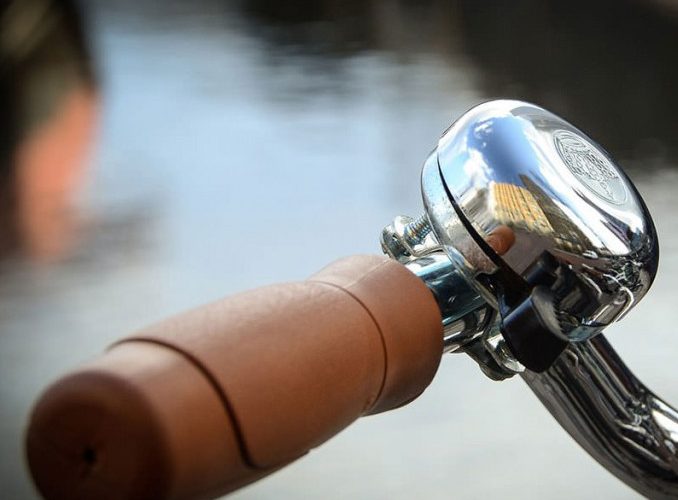- About me
- About us
- Best Selling Products
- Blog Fullwidth
- Blog Grid
- Blog Masonry
- Blog Medium
- Blog Wide
- Booking
- Cart
- Cart
- Checkout
- Checkout
- Contact us
- Default page
- Ecwid Store
- Elements
- FAQ
- Featured Products
- Fullwidth Category
- Homepage 1
- Homepage 2
- Homepage 3
- Icons
- My account
- My Account
- Order Tracking
- Popular Products
- Pricing Table
- Product categories layout test
- Product Detail 1
- Product Detail 2
- Product Extra Option
- Product Extra Option
- Products by ID
- Products by Sku
- Recent Products
- Sale Products
- Sample Page
- Shop
- Shop
- Shop grid
- Shop Grid Left Sidebar
- Shop Grid Right Sidebar
- Shop list
- Shop List Left Sidebar
- Shop List Right Sidebar
- Store
- Test Drive
- Typography
- Under Construction
- Wishlist
No. 1 rule : safety first!
2
834
- Obey traffic signs and signals – Bicycles must follow the rules of the road like other vehicles.
- Never ride against traffic – Motorists aren’t looking for bicyclists riding on the wrong side of the road. State law and common sense require that bicyclists drive like other vehicles.
- Follow lane markings – Don’t turn left from the right lane. Don’t go straight in a lane marked “right-turn only.”
- Don’t pass on the right – Motorists may not look for or see a bicycle passing on the right.
- Scan the road behind you – Learn to look back over your shoulder without losing your balance or swerving. Some riders use rear-view mirrors.
- Keep both hands ready to brake – You may not stop in time if you brake one-handed. Allow extra distance for stopping in the rain, since brakes are less efficient when wet.
- Wear a helmet and never ride with headphones – Always wear a helmet. Never wear a headphone while riding a bike.
- Dress for the weather – In rain wear a poncho or waterproof suit. Dress in layers so you can adjust to temperature changes. Wear bright colored clothing.
- Use hand signals – Hand signals tell motorists and pedestrians what you intend to do. Signal as a matter of law, of courtesy, and of self-protection.
- Ride in the middle of the lane in slower traffic – Get in the middle of the lane at busy intersections and whenever you are moving at the same speed as traffic.
- Choose the best way to turn left – There are two choices: (1) Like an auto: signal to move into the left turn lane and then turn left. (2) Like a pedestrian: ride straight to the far side crosswalk. Walk your bike across.
- Make eye contact with drivers – Assume that other drivers don’t see you until you are sure that they do. Eye contact is important with any driver which might pose a threat to your safety.
- Look out for road hazards – Watch out for parallel-slat sewer grates, gravel, ice, sand or debris. Cross railroad tracks at right angles.
- Use lights at night – The law requires a white headlight (visible from at least 500 feet ahead) and a rear reflector or taillight (visible up to 300 feet from behind).
- Keep your bike in good repair – Adjust your bike to fit you and keep it working properly. Check brakes and tires regularly. Routine maintenance is simple and you can learn to do it yourself.





